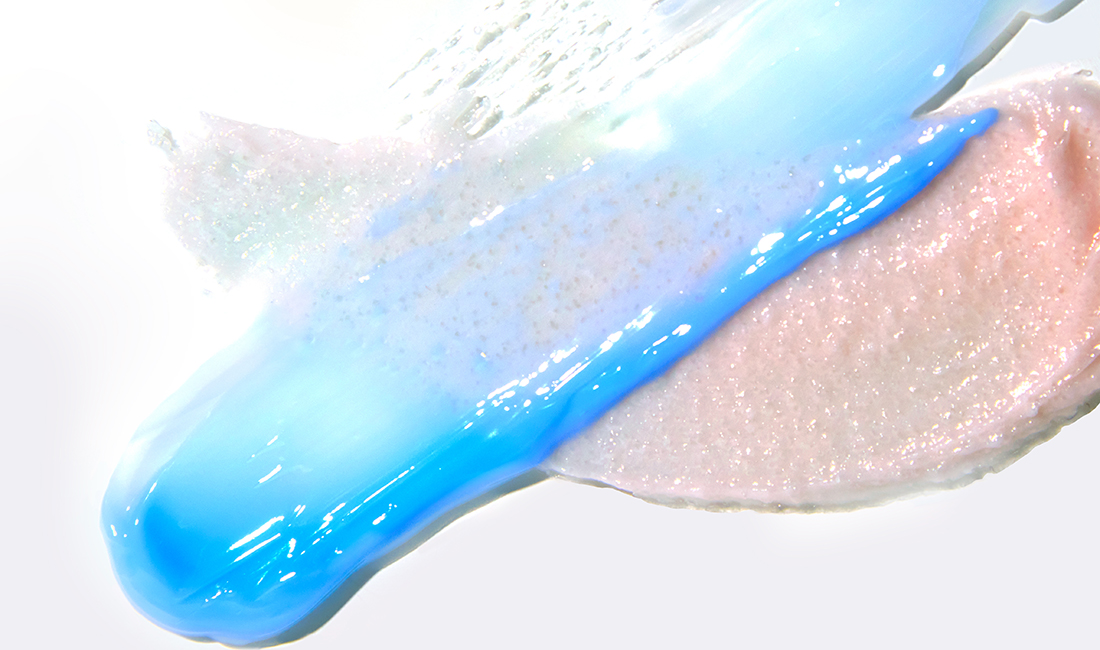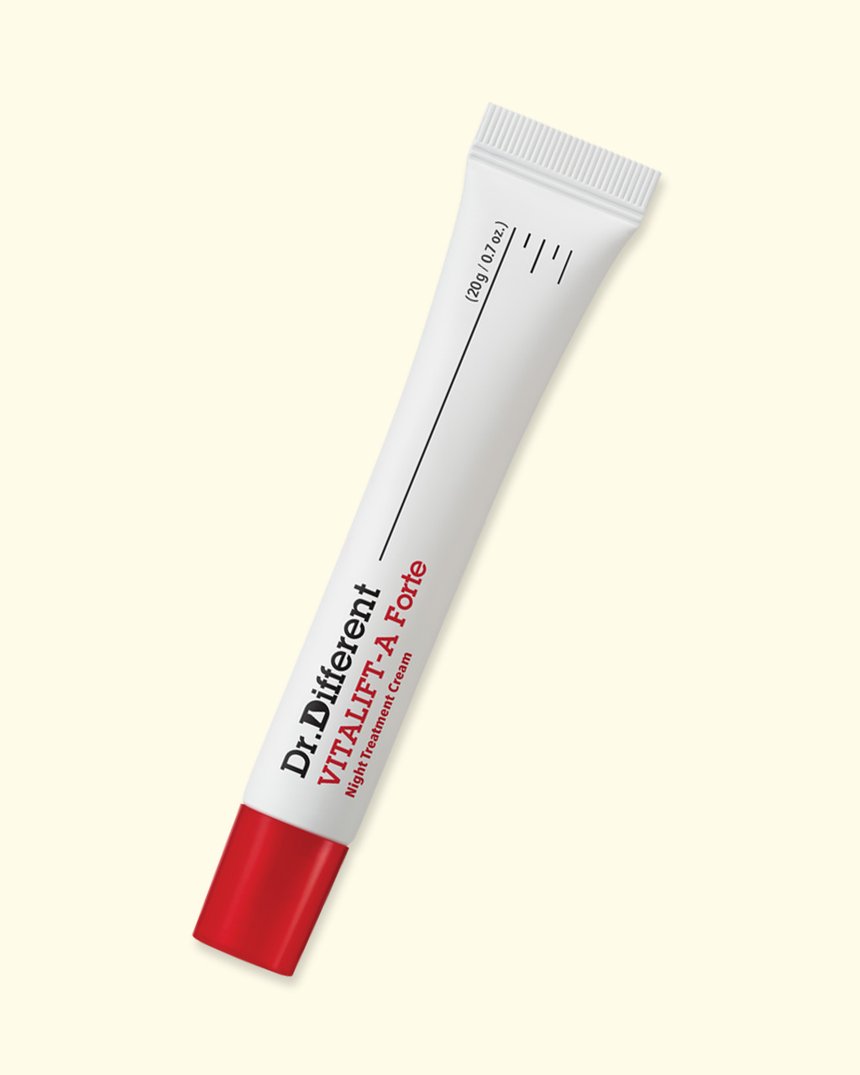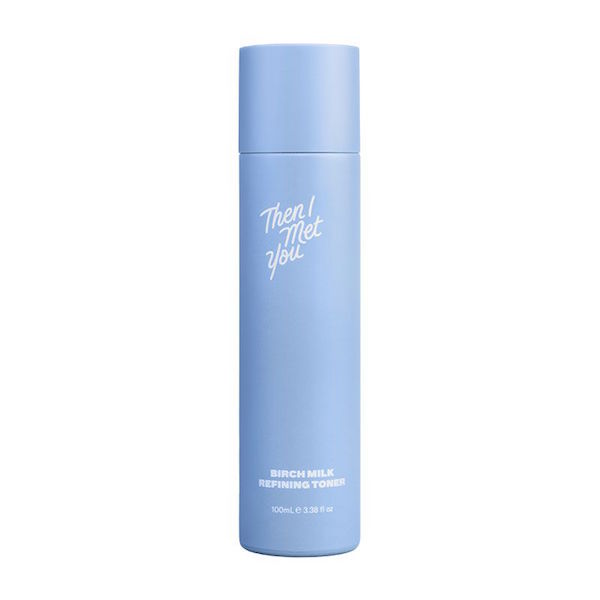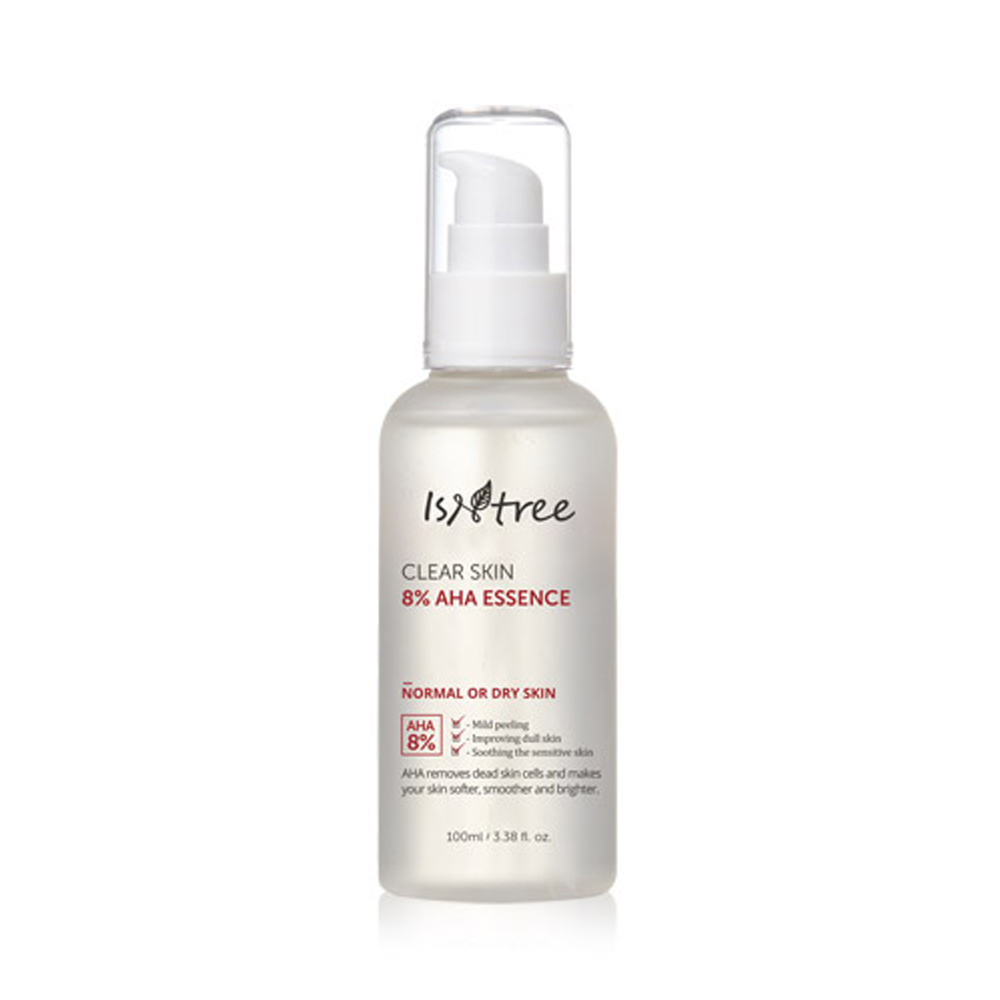“Can I use more than one acid in my routine?” is a question we get a lot. The answer is, well, complicated, but we’re breaking it all down below.
Diving deep into the depths of skin care can be pretty confusing, especially if you’re working with acids. A wrong move could render both your products useless or cause skin sensitivities. But a right move could increase effectiveness and yield great results.
To find out how to layer and mix skin care acids the right way, we spoke with Dr. Joshua Zeichner, dermatologist and director of cosmetic and clinical research in dermatology at Mount Sinai Hospital in New York City and Dr. Michele Farber, a dermatologist at Schweiger Dermatology Group.
RELATED: Your Guide to the Most Common Acids Found in Skin Care – and What They Do
Both experts recommend exercising caution when approaching layering and mixing skin care acids, even for the “do’s” mentioned below.
“One person may do well with certain combinations while another may become dry and irritated,” says Dr. Farber. This is especially true when dealing with high concentrations of acids.
With that in mind, keep reading for the acid combination possibilities.
Alpha Hydroxy Acids (AHAs) and Beta Hydroxy Acids (BHAs): Mostly a “Do”
Both Dr. Zeichner and Dr. Farber recommend the use of AHAs and BHAs together, especially if you have acne or are currently dealing with breakouts. The two types actually have different properties (even though many people seem to use them interchangeably), and can be used together for increased effectiveness.
“Generally speaking, alpha hydroxy acids are great for treating dull, dry, and aging skin because they are water soluble,” says Zeichner. “Beta hydroxy acids are soluble in oil and can penetrate deep into the [pores] so they are effective in treating conditions like acne.”
Dr. Farber reiterates Dr. Zeichner’s point: “An alpha hydroxy acid like glycolic acid helps exfoliate and even out skin tone, and beta hydroxy acids like salicylic acid help to reduce oil production.”
A lot of products contain both AHAs and BHAs, like the Dr. Oracle Tea Tree Peeling Sticks and the Some By Mi AHA-BHA-PHA 30Day Miracle Toner, but you can also combine the two from different products. Kick off your routine with the Hanskin Pore Cleansing Oil [BHA] to clean and exfoliate pores and then tone with the Then I Met You Birch Milk Refining Toner that contains a gentle dose (1%) of AHAs and PHAs. Both these products have skin soothing and hydrating ingredients to make sure that the acids aren’t too harsh on your skin.
These ingredients can be harsh for some, so a caveat is that if you notice any irritation, dehydration, or other adverse effects while using both acids, dial it back and stagger usage.
Hyaluronic Acid and AHAs/BHAs: A Definite “Do”
Hyaluronic acid is one of the most popular ingredients in skin care, and for good reason. It plays a key role in both hydrating the skin and retaining moisture. Despite the word “acid” in its name, the ingredient is not an exfoliant. Dr. Zeichner explains that it’s great to use with AHAs and BHAs because the combination “helps to hydrate the skin and reduce the risk of irritation.”
AHAs and BHAs can be pretty strong, so combining them with hyaluronic acid is a great way to replenish the skin at the same time to make sure that the acids aren’t too harsh on the skin. To get these great ingredients into your skin care routine, we recommend using the Isntree Clear Skin 8% AHA Essence that contains AHAs glycolic acid and lactic acid, plus hyaluronic acid.
Hyaluronic Acid and Retinoic Acid (a Form of Retinol): Another “Do”
Retinol is the queen bee of the beauty world, and as skin care royalty, she doesn’t mix with just anyone. Retinol is often name-dropped as the cure to a ton of skin concerns including hyperpigmentation and signs of aging. Retinol and hyaluronic acid are both powerful at improving skin, so using them together can really amp up their effectiveness.
Since retinol can be drying especially on dry or sensitive skin types, following up with hyaluronic acid is definitely a great idea, since hyaluronic acid is super hydrating.
For product combination suggestions, check out this guide.
Hydroxy Acids and Retinoic Acid: A Solid “Don’t”
AHAs and BHAs as well as retinoic acid are pretty powerful skin treatments and they should be used sparingly. Combining hydroxy acids and retinoic acid together can cause some serious irritation if used in tandem. In a similar vein, we don’t recommend combining these products with ascorbic acid (vitamin C).
This doesn’t mean you can’t use all of these ingredients in your routine. Try staggering usage – i.e. applying vitamin C in the morning and retinol at night, or applying retinol 3 days a week and hydroxy acids two – and see if this works for your skin.
Acne Treatments: Mostly a “Don’t”
Benzoyl peroxide and salicylic acid are two of the most well known acne treatments in the skin care game, but generally shouldn’t be used together. Dr. Farber tells us that both “can be very drying and irritating when applied together,” so it’s better to use them separately.
However, there are some prescription-grade medications that contain both benzoyl peroxide and salicylic acid. It’s best to consult with your dermatologist if you’re interested in mixing these two.
Also, be careful mixing benzoyl peroxide and retinol. There are medications that contain both of these ingredients (Differin), but this combination has the potential to be highly irritating, so if you’re thinking of doing it, consult a dermatologist first.









